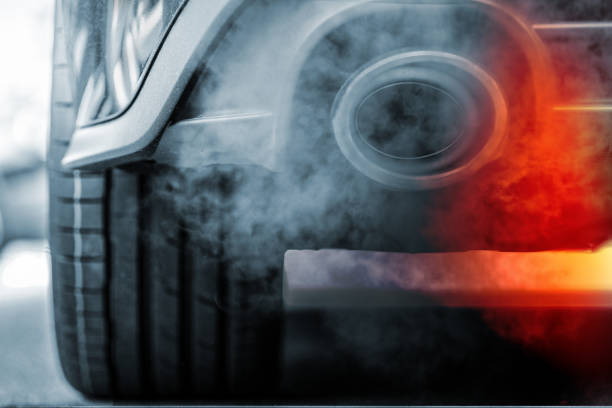Unraveling the Intricacies of Exhaust After-Treatment Systems: A Modern Marvel in Automotive Engineering
The world of cars is a fascinating one, filled with technological wonders that can leave even the most ardent enthusiast awe-struck. One such marvel is the exhaust after-treatment system, a critical component in modern cars that helps reduce harmful emissions. This article will delve into the intricacies of this technology, shedding light on its evolution, current trends, and impact on the automotive industry.

A Journey through Time: The Birth and Evolution of Exhaust After-Treatment Systems
It would be incomplete to discuss exhaust after-treatment systems without first tracing their roots. The need for these systems arose as global awareness and concern about air pollution from automobiles increased. In response, governments worldwide began implementing stringent emission standards, compelling automakers to develop effective solutions. Exhaust after-treatment systems emerged as the answer.
The initial systems were rather rudimentary, focusing primarily on reducing carbon monoxide and hydrocarbon emissions. Over time, these systems evolved, incorporating technologies such as three-way catalysts and diesel particulate filters to tackle a broader range of pollutants, including nitrogen oxides and particulate matter.
The Present Landscape: Current Trends in Exhaust After-Treatment Systems
The automotive industry today is marked by rapid advancements, and exhaust after-treatment systems are no exception. One of the central trends shaping this sector is the shift towards selective catalytic reduction (SCR) systems. These systems utilize a urea-based solution, commonly known as AdBlue, to convert harmful nitrogen oxides into harmless nitrogen and water.
Another trend gaining momentum is the development of integrated exhaust manifolds. This design approach merges the exhaust manifold and the turbocharger into a single unit, resulting in improved efficiency and reduced emissions.
Beyond the Technicalities: The Impact of Exhaust After-Treatment Systems
The introduction and advancement of exhaust after-treatment systems have had a profound impact on the automotive industry. While these systems have undeniably played a pivotal role in reducing vehicle emissions, they have also posed several challenges.
One of the key benefits of these systems is their contribution to environmental preservation. By significantly reducing harmful emissions, they play a crucial role in combating climate change and protecting public health.
However, the complexity of these systems often results in increased production costs for automakers, which can translate into higher prices for consumers. Furthermore, the use of AdBlue in SCR systems necessitates regular maintenance and refills, adding to the overall vehicle upkeep costs.
The Road Ahead: Future Prospects of Exhaust After-Treatment Systems
As the automotive industry continues to evolve, so too will exhaust after-treatment systems. Experts predict a continued focus on improving efficiency and reducing emissions, with an emphasis on system integration and optimization.
Despite the challenges, the future of exhaust after-treatment systems looks promising, with the potential to revolutionize the industry and contribute significantly to a more sustainable future.
In summary, exhaust after-treatment systems, although often overlooked, are a testament to the remarkable advancements in automotive technology. They stand as a shining example of how the industry can rise to meet environmental challenges, continually pushing the boundaries of innovation to create solutions that are not only technologically impressive but also environmentally responsible.




